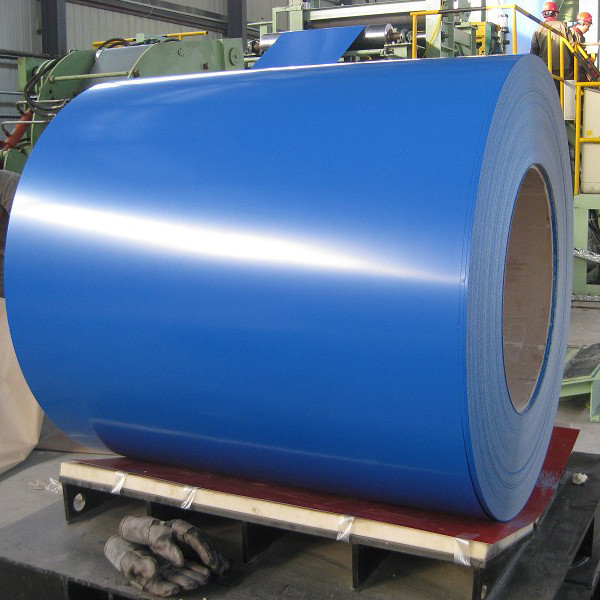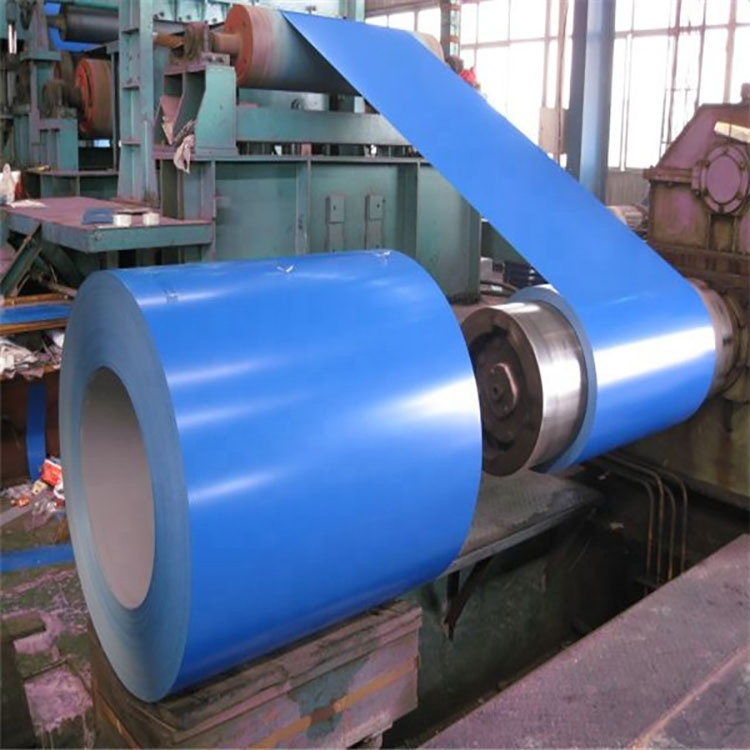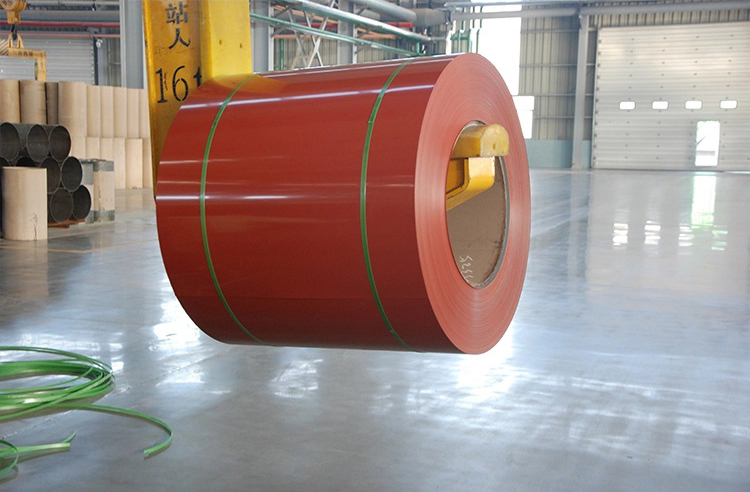INTRODUCTION
Pre-painted coil, also known as color-coated steel coil, is manufactured from hot-dip galvanized steel, hot-dip aluminum-zinc steel, or electro-galvanized steel sheets. These substrates undergo surface pretreatment before being coated with one or multiple layers of organic paint, followed by baking and curing. The resulting product is a durable, aesthetically appealing steel coil available in various colors, commonly referred to as Pre-Painted Galvanized Iron (PPGI) or color-coated steel coil.
CREDIT

APPLICATION, SPECIFICATION AND ADVANTAGE
PPGI is widely used in construction, furniture manufacturing, and metal fabrication due to its versatility and superior performance.
Key Specifications:
Width: 600mm – 2000mm
Length: Customizable based on user requirements
Thickness: 1.2mm – 25.4mm
Coating Types: Polyester, polyurethane, PVDF, and other specialized finishes
Advantages Over Traditional Galvanized Steel:
Enhanced corrosion resistance
Superior heat resistance and reflectivity
Excellent formability and paint adhesion
Wide range of colors and finishes for aesthetic applications

TREND AND PROSPECT
The primary demand for PPGI comes from the construction sector, driven by rapid urbanization, population growth, and increasing environmental concerns. Its applications in building facades, roofing, and fencing have made it a key material in modern architectural design.
Market Growth Projections:
Global Market: Expected to reach $14.58 billion by 2026, growing at a CAGR of 5.3%
China Market: Forecasted to exceed ¥200 billion by 2023, reflecting strong domestic demand

INSPECTION STANDARD
To ensure high performance and durability, PPGI undergoes rigorous quality checks, including:
Surface Inspection – No bubbles, cracks, or scratches; smooth and uniform finish
Dimensional Accuracy – Compliance with specified thickness, width, and length tolerances
Mechanical Testing – Tensile strength, impact resistance, and hardness verification
Chemical Composition Analysis – Ensures material conformity to industry standards
Non-Destructive Testing (NDT) – Ultrasonic and X-ray inspections to detect internal defects
Corrosion Resistance Testing – Salt spray and environmental exposure tests
Packaging & Labeling – Proper identification with product details (name, specifications, manufacturer)
